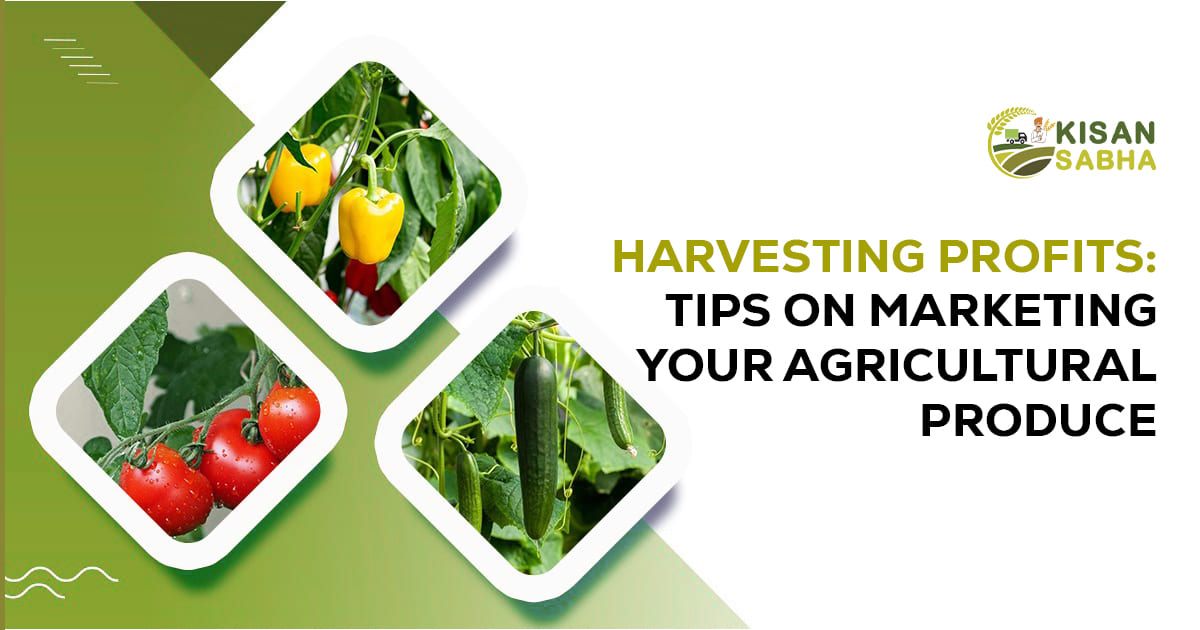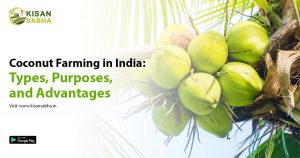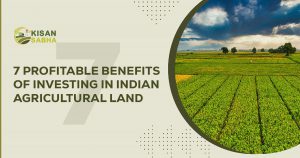In the dynamic world of agriculture, the art of marketing agricultural produce has become as essential as the science of cultivation. As a farmer or agribusiness owner, understanding the complexities and nuances of the market can make all the difference in ensuring your harvest turns into a profitable venture. This guide compiles the most effective and innovative strategies to help you navigate the agricultural marketing landscape and turn your produce into a thriving business.
9 Top Tips on Marketing Your Agricultural Produce
1. Identifying Your Niche Market
Start by understanding your target audience. Your farm’s offerings are unique, and so should your marketing approach. Whether you specialize in organic produce, or heirloom varieties, or serve a specific demographic, identify who values these offerings. Are you catering to health-conscious urbanites, local restaurants, or niche food communities?
2. Leveraging Social Media
In addition, leveraging the power of social media is a must-do in today’s digital landscape. Instagram, Facebook, and Twitter are potent platforms that allow you to connect with your customers by sharing the story behind your farm, showcasing your produce, and engaging with your audience. Hashtags can increase the visibility of your posts, while influencer partnerships can expand your reach and build credibility with potential customers. In summary, embracing social media can take your marketing strategy to the next level.
3. Online Presence and E-commerce
Moreover, establishing an online presence is vital for increasing sales and expanding your customer base. Setting up an online store or partnering with existing platforms can make it easier for customers to purchase your produce. Ensure that the shopping experience is seamless by streamlining the ordering, payment, and delivery process. A well-maintained website or integration with local delivery services can provide a hassle-free shopping experience, increasing customer loyalty and repeat business. In short, harnessing the power of the internet is a game-changer for your farm-to-table business.
4. Community-Supported Agriculture (CSA)
Additionally, CSA programs offer several other advantages beyond revenue and customer loyalty. By establishing a direct relationship with consumers, farmers can better understand their customers’ preferences and adjust their product offerings accordingly. This personal connection also helps build community support for local agriculture and can reduce marketing costs as word-of-mouth referrals and customer loyalty grow. In short, a CSA program is a win-win solution for both farmers and consumers, as it fosters sustainability, transparency, and community involvement.
5. Participating in Farmers’ Markets
Moreover, farmers’ markets are another crucial channel for direct sales and customer engagement. At these markets, farmers can interact with customers, gather feedback on their products, and test new offerings. Beyond just selling produce, these platforms provide a chance to build brand recognition and establish a personal connection with consumers. A friendly face and an engaging story can be powerful tools for creating lasting customer loyalty. All in all, farmers’ markets are a great way to expand your customer base while also deepening your relationship with existing customers.
Also Read:- Guide to Creating and Using Various Types of Organic Manure
6. Marketing Strategies for Niche Products
Furthermore, if you offer organic or unique produce, emphasizing the health benefits and environmental sustainability of your products can give you a competitive edge in the market. Content marketing through blogs, videos, and social media can educate customers about your product’s advantages and value. By highlighting the health benefits, unique flavors, or sustainable farming practices, you can differentiate yourself from other farmers and establish a loyal customer base. Additionally, using eco-friendly packaging can set you apart and appeal to consumers who prioritize sustainability. In summary, emphasizing the positive aspects of your products and aligning with consumer values can significantly enhance your marketing strategy.
7. Data-Driven Insights
Moreover, gathering and analyzing market data can provide valuable insights into consumer trends, pricing strategies, and even the crops you choose to grow. By understanding your customers’ preferences and the competition in your area, you can develop a pricing strategy that aligns with consumer trends while maintaining profitability. Market data can also help you determine the best times to sell certain produce, maximizing your returns and reducing waste. Finally, using precision marketing techniques, such as targeted email campaigns or social media ads, enables you to tailor your promotions to specific customer segments, which can lead to higher conversion rates and a better understanding of consumer needs.
8. Marketing Plan and Cost of Production
Develop a written marketing plan that begins with understanding your cost of production. This includes all expenses from seeds to harvest, ensuring you price your products for profitability. Set clear goals, such as when, how much, and to whom, based on your cost structure.
9. Effective Marketing Channels
Explore a mix of traditional and modern marketing channels. While direct-to-consumer sales are vital, don’t overlook wholesale opportunities, local grocery stores, or online marketplaces. The key is to match the right channel to your product’s nature and customer demand.
Conclusion
In conclusion, successful agricultural marketing is an intricate blend of understanding your market, leveraging technology, and creating meaningful connections with your consumers. By implementing a combination of these strategies, you can effectively market your agricultural produce and transform your harvest into a profitable and sustainable business. Remember, the key to harvesting profits is not just in the quality of your produce, but also in the creativity and effectiveness of your marketing efforts.





